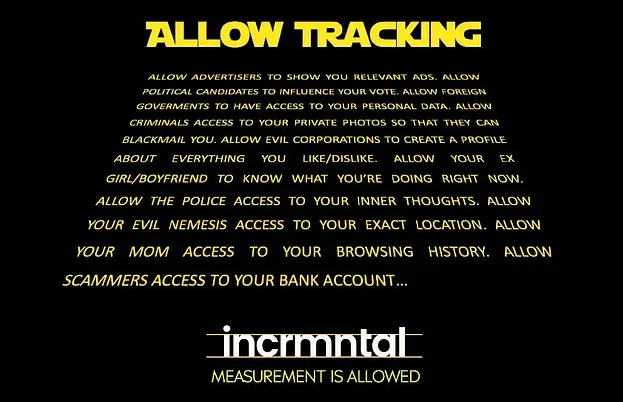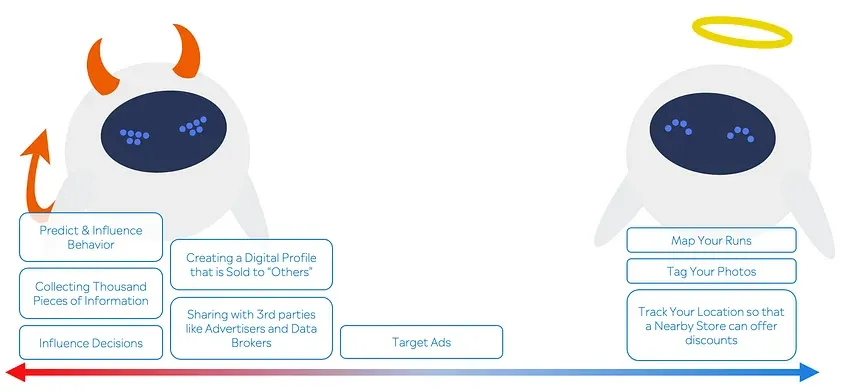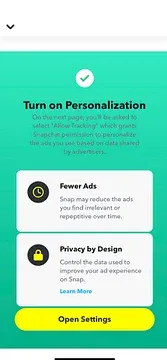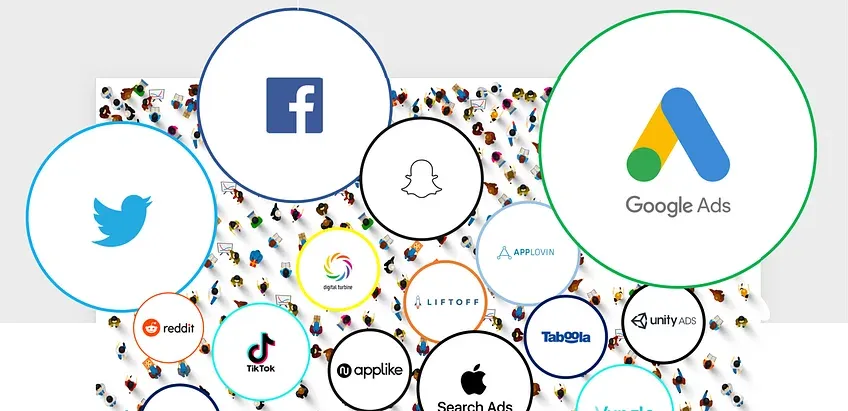Solutions
Teams
Built for your whole team.
Industries
Trusted by all verticals.
Mediums
Measure any type of ad spend
Platform
Use Cases
Many Possibilities. One Platform.
AI and Automation
The Always-on Incrementality Platform
Teams
Built for your whole team.
Industries
Trusted by all verticals.
Mediums
Measure any type of ad spend
Use Cases
Many Possibilities. One Platform.
AI and Automation
The Always-on Incrementality Platform
The Two Most Controversial Words

App developers had the past 8 months since announcement to release, to go through the five stages of grief.
Some companies got stuck in the 1st stage - Denial, thinking that Apple might not go through with the new “privacy” feature.
Apple did not back down.
Apple had long realized that users want to feel that their data is protected, and in the interest of grabbing market share - Apple raised the privacy flag and have been swinging it at every opportunity they have.
Industry cynics may say that Apple’s reasoning has nothing to do with Privacy, but with Apple’s way to:
Industry executives tried the 3rd stage with Apple - bargaining.
Reaching out to their App Store contacts in hope to get more information about the coming changes, hoping that Apple will allow alternative attribution methods such as fingerprinting, as summarized in this article by David Philippson of DataSeat.
On April 26th, the day iOS14.5 was released (featuring app tracking transparency, or “ATT”), Apple also put up the following commercial to the world.
Analyzing this commercial, shows a clear message from Apple to the world:

| You are Evil if you... | You are Good if you... |
| Target Ads | Map runs |
| Create a digital profile and sell it to "others"(?) | Tag photos |
| Share data with 3d parties, like "Data Brokers"(?) | Offer discounts when users are nearby a store |
| Predict and influence behaviors | |
| Collect thousands of data points | |
| Influence users decisions |
Apple’s commercial essentially says: “sharing location is ok, but sharing your IDFA is not”.
Would anyone click “Allow Tracking” following this intimidating message ?
There are various reports about ATT Opt In Rates - all coming from unofficial sources such as attribution companies, app analytics, and mass media.
Flurry reported 5% opt in rate (including “restricted” users who had Limit Ad Tracking on)
Appsflyer reported at least 39% (excluding “restricted” users)
Lifestreet reported 10% opt in rate (unknown if including or excluding “restricted”)
While most developers load the default ATT prompt, some developers are testing methods to increase the opt in rates by showing users with a pre-prompt message.





Unfortunately, Even if ATT opt-in rates will increase to 60% on average - mobile attribution using device identifiers such as IDFA, becomes increasingly inaccurate.
We wrote an article specifically addressing the IDFA match problem.
Marketing measurement was never an exact science, in our opinion. As much as marketers wanted to think so - it was not possible to tell why an anonymous user reached a decision to go into a store / download an app / register to a service.
People see approximately 5,000 ads per day based on a market research firm study.
Attribution gave marketers a sense of comfort by using the term “deterministic attribution”. Knowing where the user last engaged with an ad before the conversion point is a very important data point , but from that to claim that the single ad engagement caused the user to convert is a stretch.
Visualizing and reporting conversions as unique to a single source gave marketers a feeling that every tracked conversion was adding value, while in reality, there is an extremely high overlap in audience reach amongst all the various platforms.
Paid media cannibalization is the biggest cause for advertising budget waste.

Incrementality measurement does not need device identifiers, as (un)fortunately, we cannot (and don’t claim) understand why an individual user converted.
Our approach to incrementality measurement does not depend on testing various scenarios by asking the marketer to stop advertising, or attempt to create control groups using device ids or cookies.
We use the power of machine learning and AI, utilizing algorithms to understand the incremental value of marketing activities by observing the data as it is.
We call it, continuous incrementality measurement.
You can read much more about it in the extensive incrementality white paper we published, or here on our website product page.
While we could predict Apple will deprecate IDFA a while ago, we at INCRMNTAL were not counting on it, nor too bothered by it when the announcement was made.
Incrementality measurement does not need device identifiers.